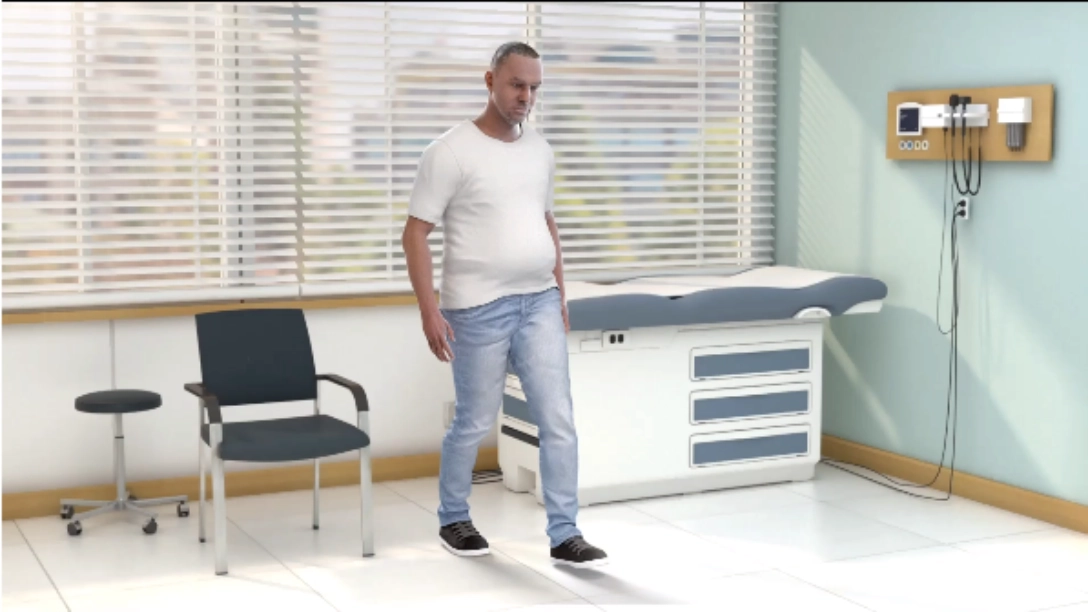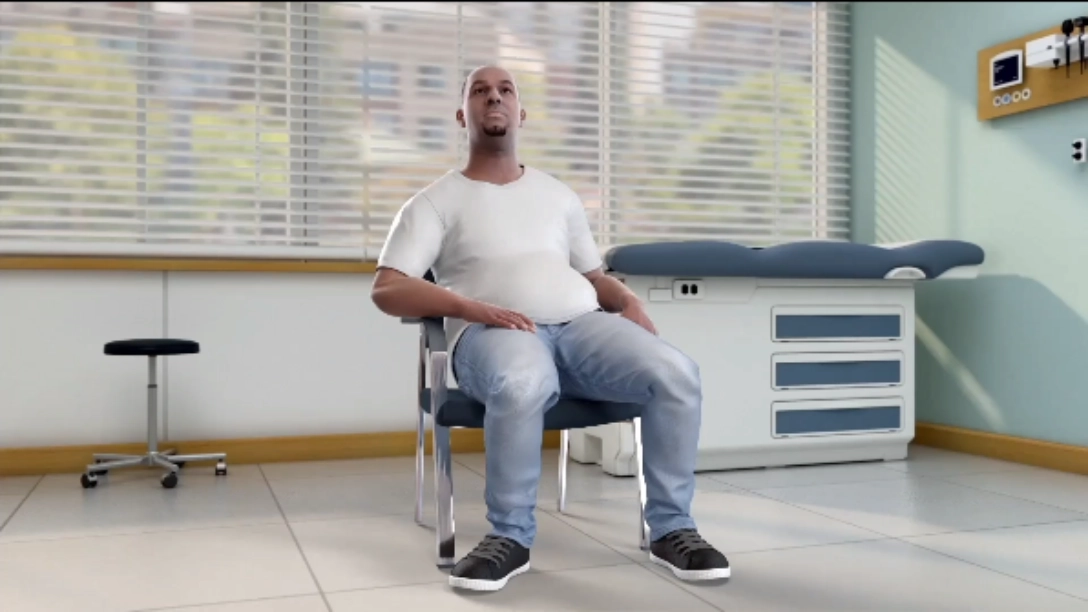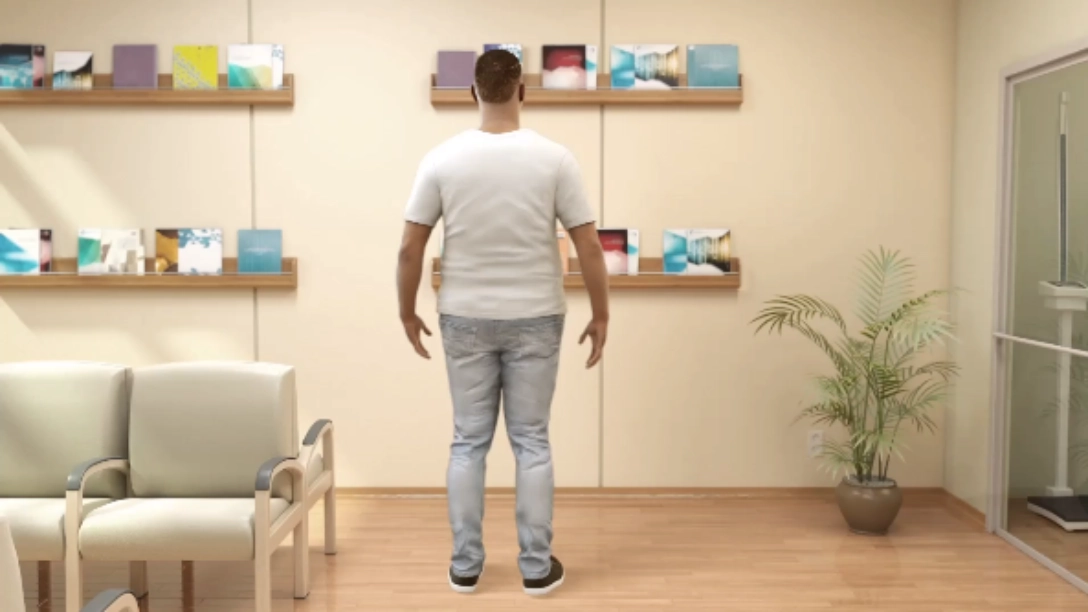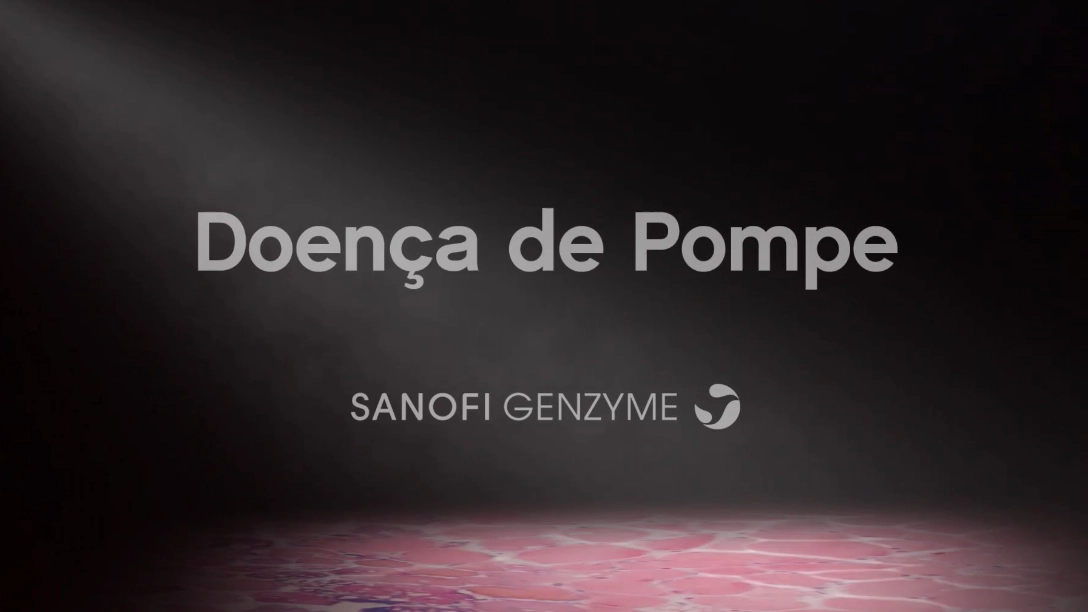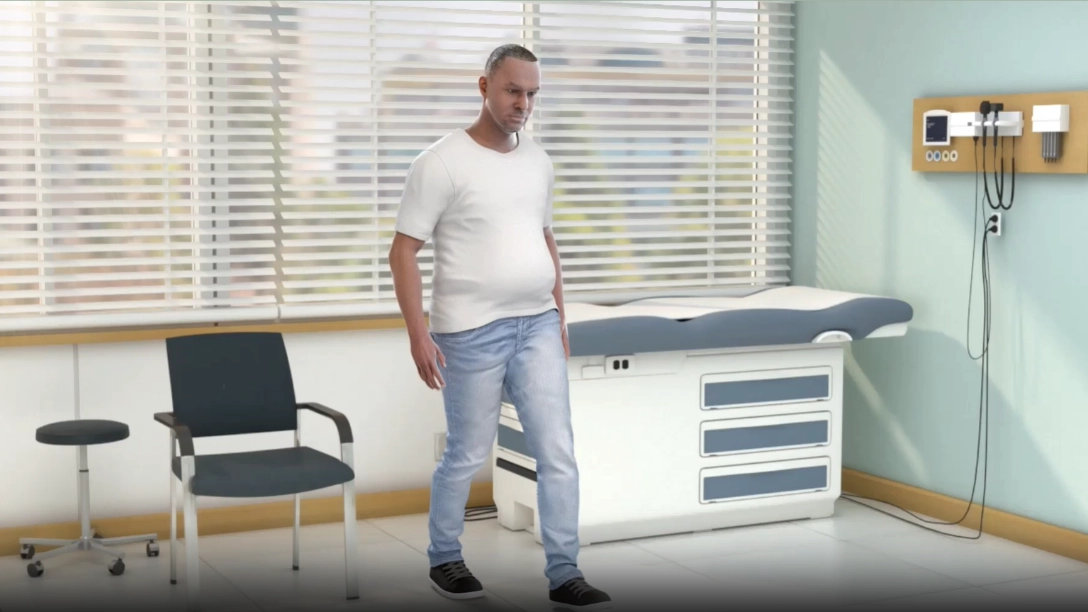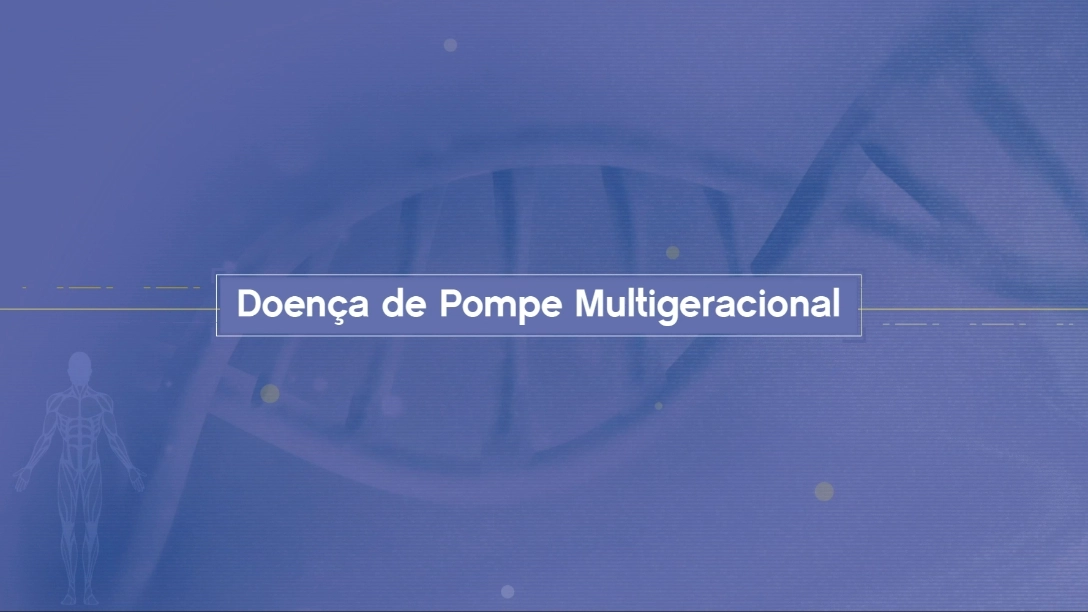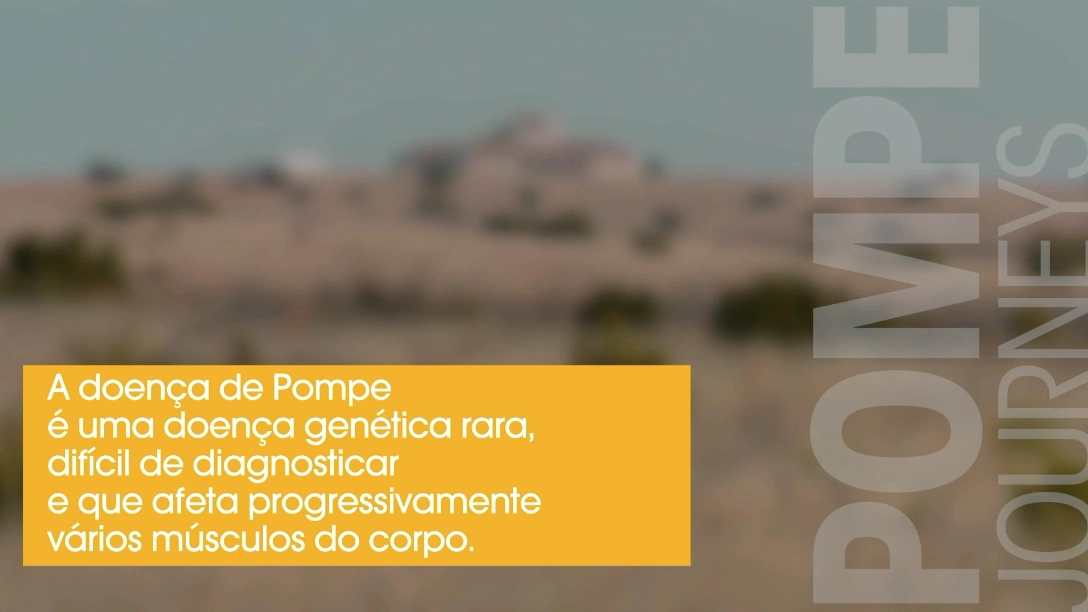Meta-análise DM1: menor risco de hipoglicemia com Gla-300 vs Gla-100 em pessoas com DM1

Em pessoas com DM1, o controlo glicémico avaliado pela HbA1c e a incidência de hipoglicemias foram comparáveis entre doentes tratados com Gla-300 e tratados com Gla-100 nos estudos de fase 3 individuais (EDITION 4 e EDITION JUNIOR e EDITION JP1). Esta meta-análise post hoc dos 1255 doentes com DM1 incluídos nos três estudos teve como objectivo avaliar a incidência de hipoglicemias graves em doentes tratados com Gla-300 vs Gla-100.
Os resultados evidenciaram que Gla-300 demonstrou controlo glicémico semelhante a Gla-100 durante os 6 meses de tratamento, com menor risco de hipoglicemia grave, particularmente durante o período de titulação.
A, Kaplan–Meier plot showing cumulative incidence of the time to first severe hypoglycaemia (SH) event in participants with type 1 diabetes (T1DM) for the pooled studies. B, Incidence of SH for the individual studies and pooled studies during the main 6-month treatment period (safety populations). Odds ratios (ORs) based on logistic models with treatment as fixed effect and by adding study as fixed effect for the T1DM pooled studies. CI, confidence interval; Gla-100, insulin glargine 100 U/mL; Gla-300, insulin glargine 300 U/mL
Numa entrevista recente, o Dr Thomas Danne, investigador responsável, analisa os principais resultados do estudo EDITION JUNIOR e da meta-análise dos estudos em doentes DM1.

Referências
- Danne T, et al. Lower risk of severe hypoglycaemia with insulin glargine 300 U/mL versus glargine 100 U/mL in participants with type 1 diabetes: A meta-analysis of 6-month phase 3 clinical trials. Diabetes Obes Metab 2020;22:1880–1885.
- Danne T, et al. Efficacy and Safety of Insulin Glargine 300 Units/mL (Gla-300) Versus Insulin Glargine 100 Units/mL (Gla-100) in Children and Adolescents (6-17 years) With Type 1 Diabetes: Results of the EDITION JUNIOR Randomized Controlled Trial. Diabetes Care. 2020;43:1512-1519.



